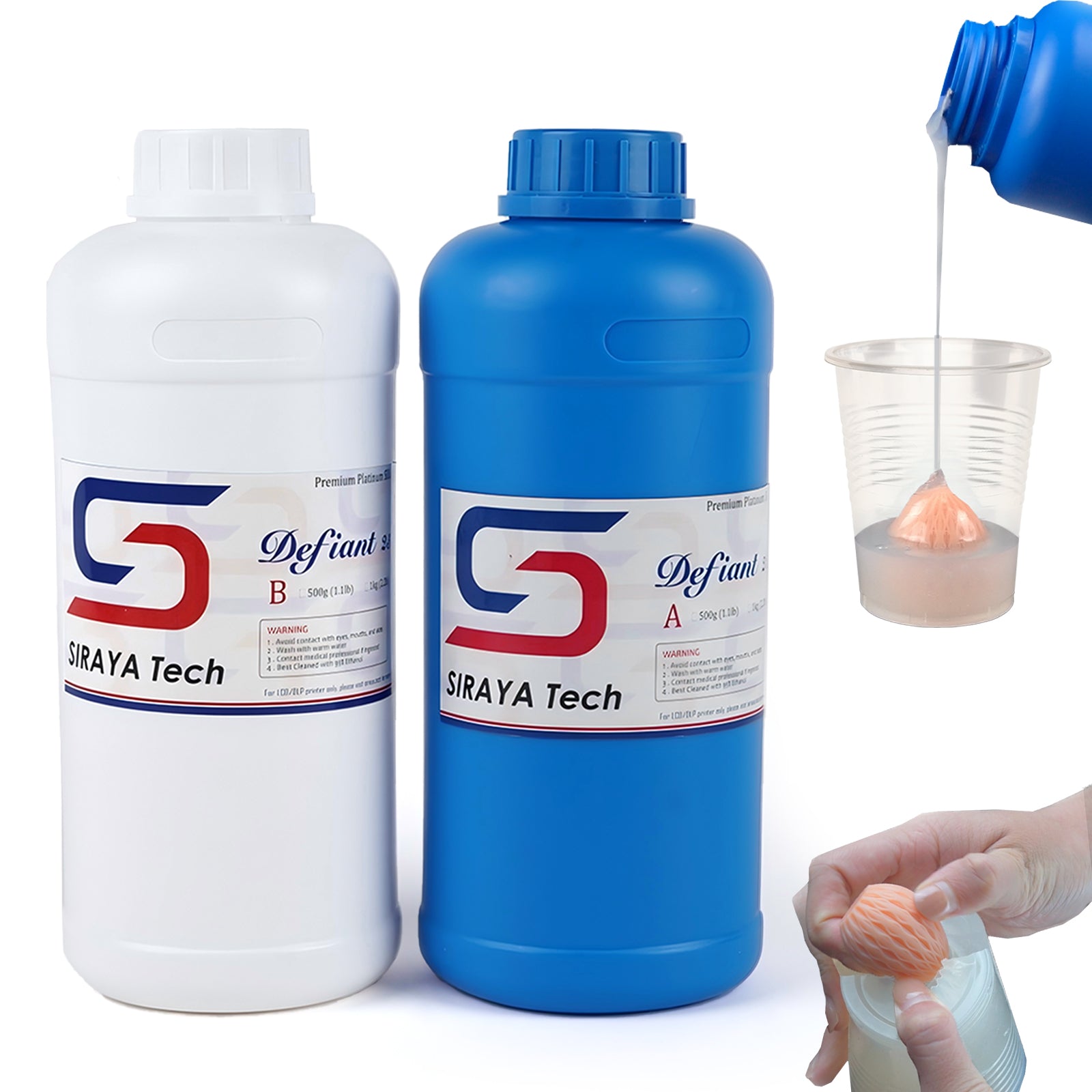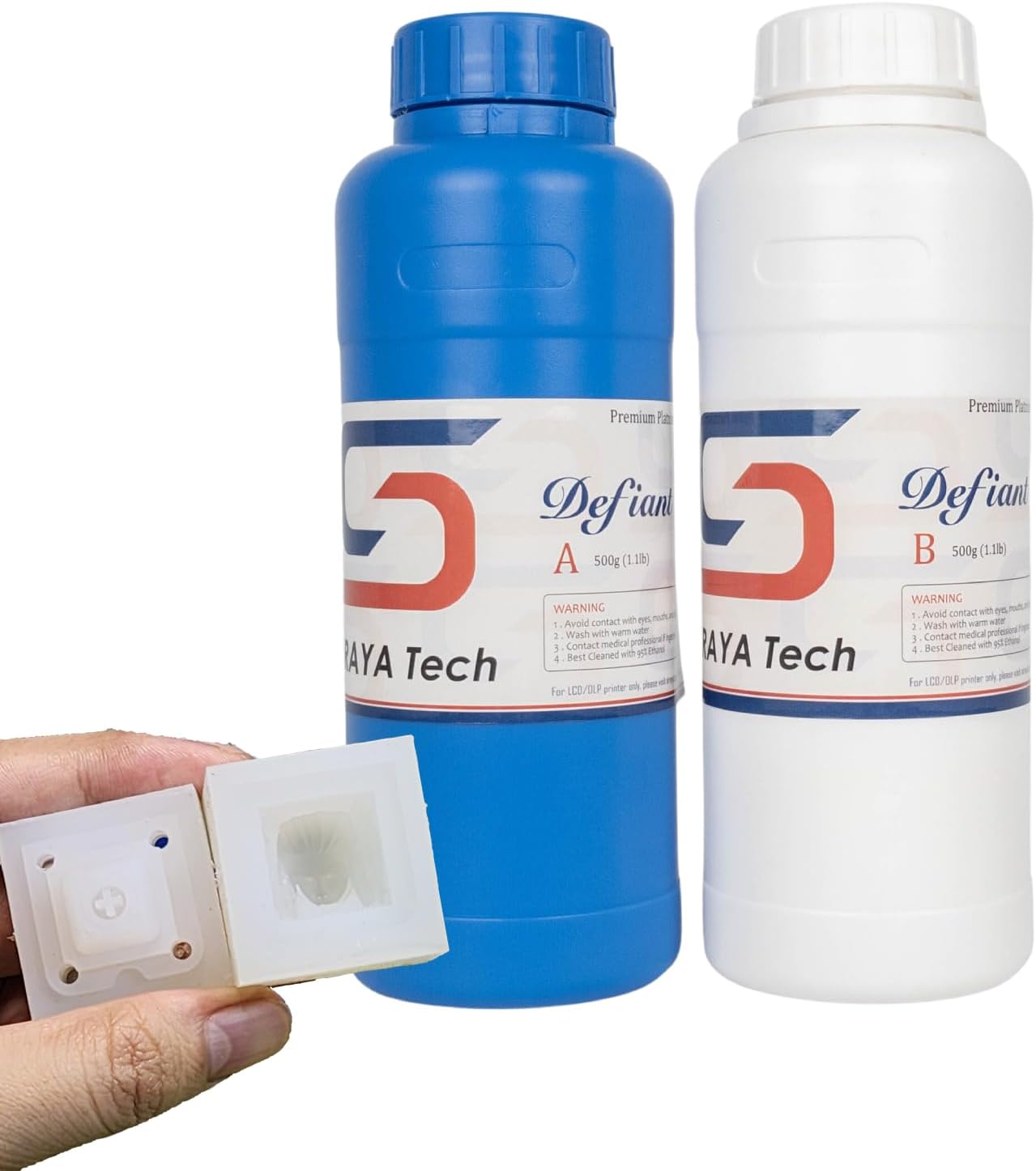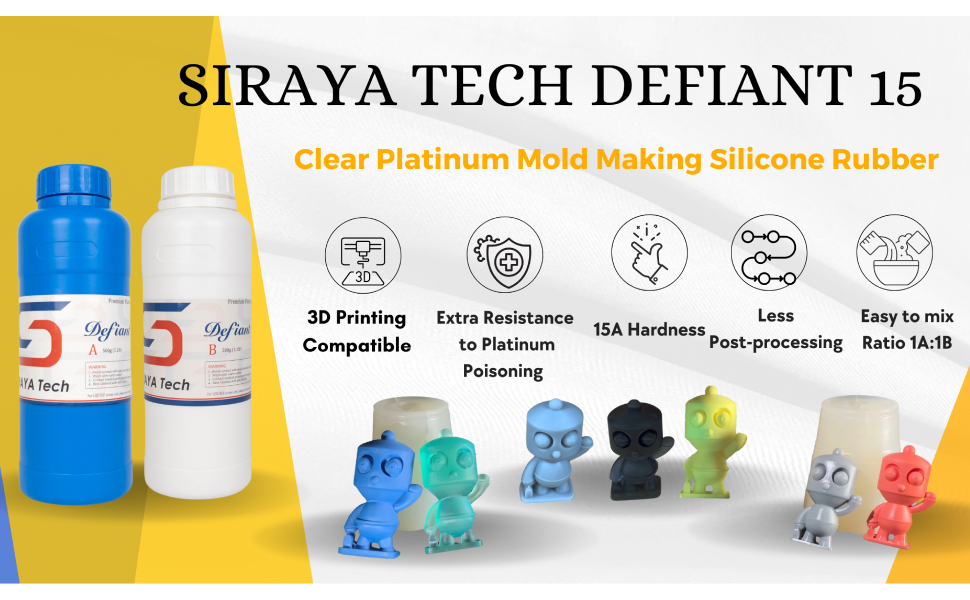Recently viewed
PLA filament for 3D printing is where creativity meets precision. PLA (Polylactic Acid) is one of the most popular 3D printing materials for its ease of use, minimal warping, and biodegradable nature.
At Siraya Tech, our PLA collection is made for creators, crafters, and makers who want reliable, eco-friendly, and high-quality prints every time.
Print Smarter with Easy-to-Use PLA Filament
PLA filament is perfect for beginners and pros alike. It’s designed to print smoothly, giving you clean details without the hassle of constant adjustments.
Why You’ll Love Printing With Siraya Tech PLA
- Works seamlessly with most FDM printers and standard nozzles.
- Prints stay flat and stable, even without an enclosure.
- Minimal tuning required—just load, print, and create.
Smooth Prints Every Time
PLA filament flows evenly, helping you achieve consistent layers and crisp edges. It’s ideal for detailed models, prototypes, and decorative prints that need a polished look.
Eco-Friendly and Sustainable for Conscious Creators
PLA filament is made from renewable resources like corn starch, making it a sustainable choice for 3D printing enthusiasts who care about the planet.
Benefits of Choosing PLA for Your Projects
- Biodegradable material: Made from natural sources, reducing plastic waste.
- Low odor: Prints cleanly without harsh fumes.
- Great for home studios: Safe to use in enclosed or small spaces.
Strong, Lightweight, and Reliable for Everyday Projects
PLA lets you print with purpose—combining creativity with sustainability for a cleaner, greener 3D printing experience.
It’s also tough enough for everyday designs. From cosplay props to functional prototypes, it offers the strength you need with a lightweight feel.
What Makes PLA a Go-to Filament
- Durable builds: Strong enough for display and light functional use.
- Vibrant finishes: Holds color beautifully for eye-catching results.
- Dimensional accuracy: Keeps fine details sharp and precise.
Designed for Everyday Innovation
PLA’s balance of strength and beauty makes it perfect for creators who want reliable results without complicated settings.
Perfect Compatibility with Your 3D Printer
Siraya Tech PLA filament is designed to perform flawlessly on popular FDM printers, including Bambu Lab, Creality, and Anycubic models.
- Universal 1.75mm diameter: Works with most FDM printers.
- Stable extrusion: Ensures smooth feeding and consistent melting.
- Ideal for open and enclosed printers: Flexible setup options for any workspace.
Print Without Limits
No matter your printer setup, PLA filament delivers dependable results for every print job.
Explore More High-Performance Filaments from Siraya Tech
Discover other collections that expand your creative potential:
- Carbon Fiber Filament – Strong, heat-resistant, and ideal for industrial-grade parts.
- Flexible Filaments – Perfect for elastic, high-rebound prints like wearables and robotics.
- 1.75mm Filament– Consistent diameter for smooth feeding and precision prints.
- Black PLA Filament– Deep, rich color for professional-looking models and prototypes.
FAQs on PLA Filament for 3D Printing
What is PLA filament for 3D printing?
PLA filament is a biodegradable plastic made from renewable resources like corn starch or sugarcane. It’s one of the easiest materials to print with, making it ideal for beginners and hobbyists.
PLA offers low warping, smooth finishes, and great dimensional accuracy, making it perfect for decorative models, prototypes, and educational projects.
Is PLA basic glossy?
Yes, PLA typically has a natural glossy finish. The surface can vary from semi-gloss to high-gloss depending on the brand and print settings.
You can also adjust the sheen with post-processing methods like sanding or applying a clear coat for a more polished look.
Is PLA or PETG better for beginners?
PLA is generally better for beginners because it prints easily at lower temperatures and doesn’t require a heated enclosure.
PETG offers more durability and flexibility but can be slightly trickier to dial in. For learning and quick results, PLA is the more forgiving and user-friendly choice.
What are the downsides of PLA filament?
PLA’s main drawback is its lower heat resistance. It can soften or deform if exposed to high temperatures, like inside a car on a hot day. It’s also more brittle compared to materials like ABS or nylon, making it less suitable for parts that need to flex or withstand heavy stress.
Does PLA require a heated bed?
PLA can print successfully without a heated bed, although using one around 50–60°C can improve adhesion and reduce warping.
For most small to medium prints, a non-heated bed with a good adhesive surface—like painter’s tape or a glue stick—works just fine.




